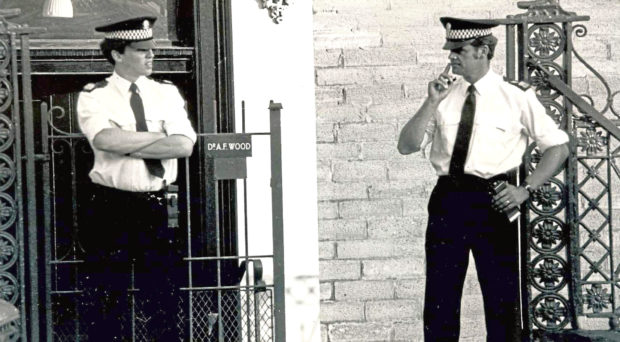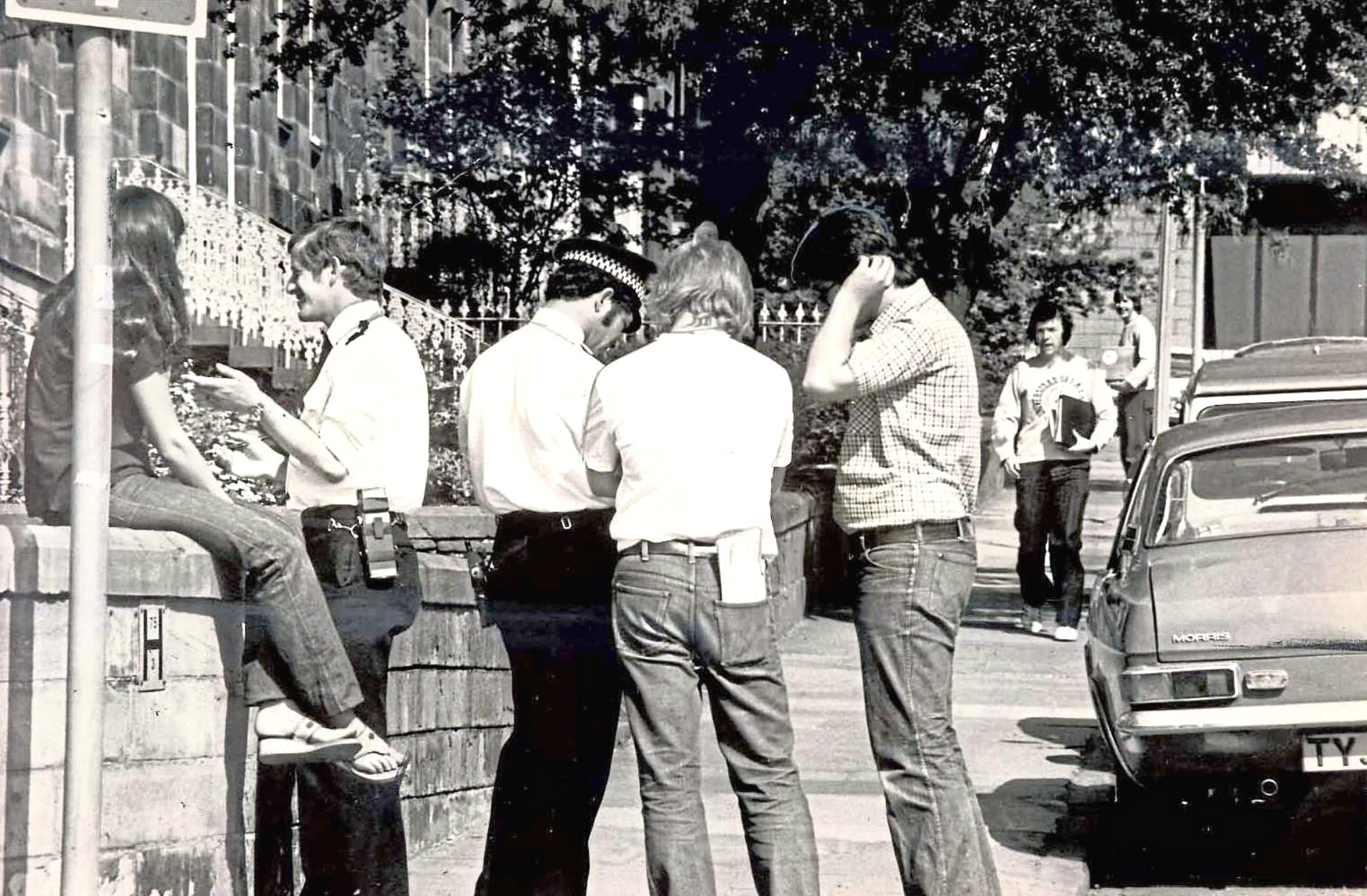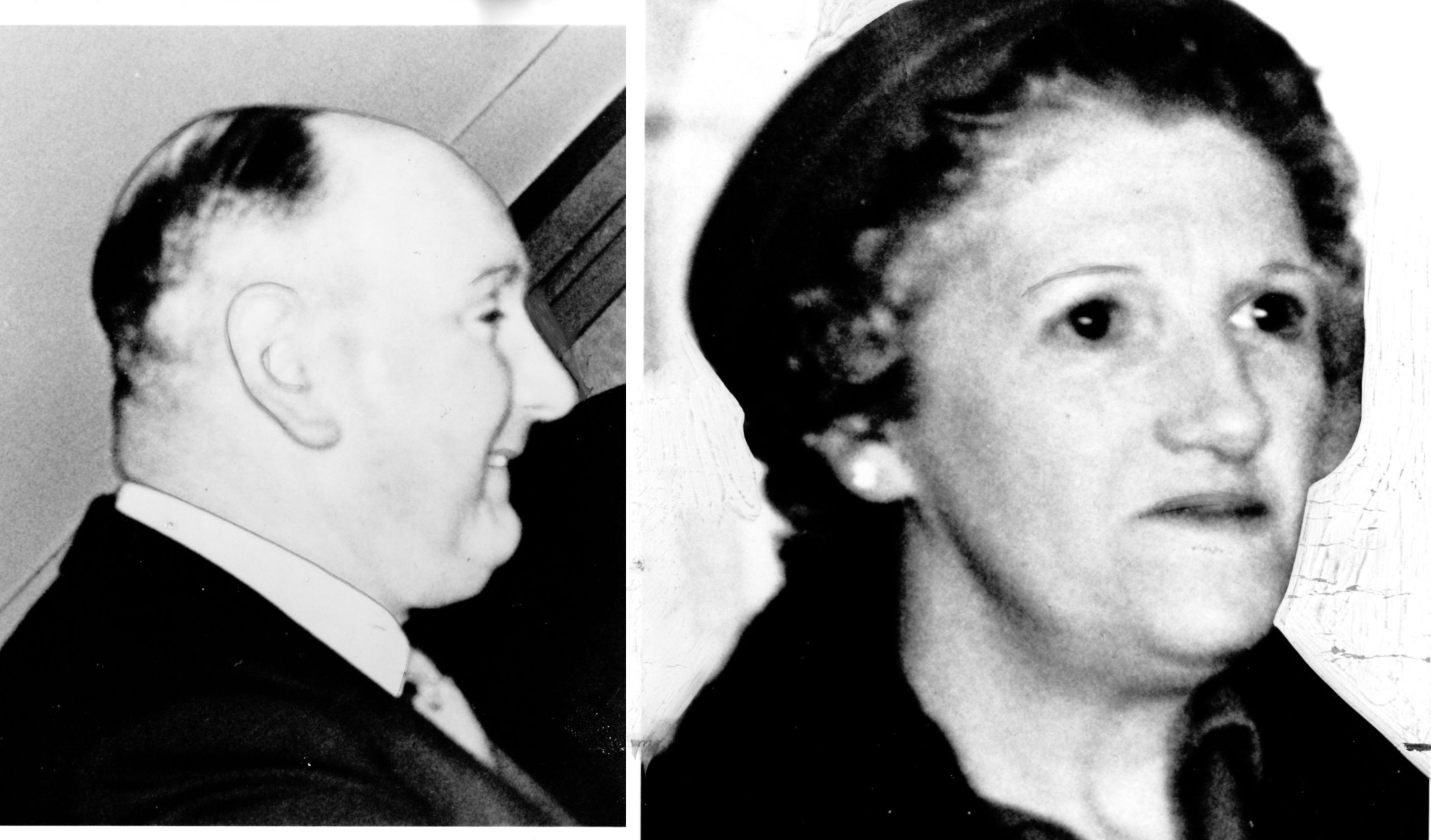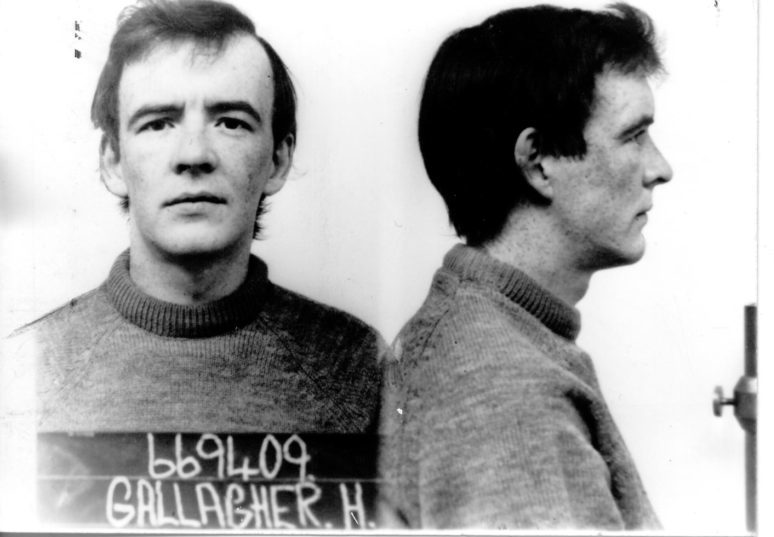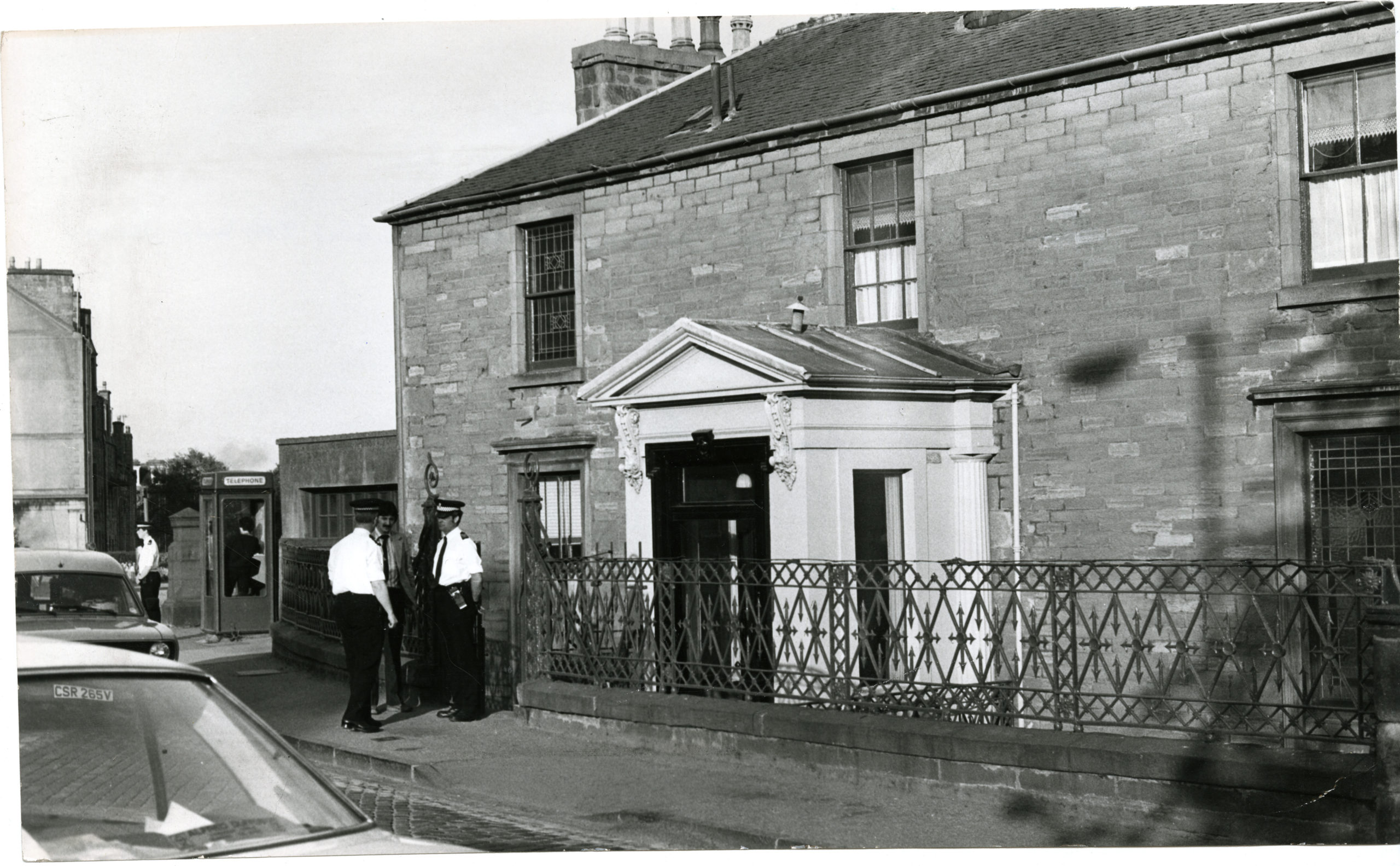A chilling “confession” by killer Henry Gallagher has detailed the brutal murder of a well-respected doctor and his wife in Dundee 40 years ago.
Research by the Evening Telegraph has unearthed a short story by the convicted killer, which describes the events which led to the horrific killing of Dr Alexander Wood and his wife Dorothy.
It was produced in 1994 by Granta publications as part of Blind Rage, a book of gruesome real life stories, with the publishers revealing it had been written by Gallagher in Broadmoor Hospital in London.
A horrific 22-page story detailed his life and the crimes he carried out.
It included the horrendous murder of Dr Wood and his wife on May 18 1980.
Gallagher’s story said he broke into the Roseangle house through the basement window before bludgeoning them to death with a slater’s hammer.
There was never a murder conviction for the heinous act, with Gallagher fleeing to England shortly after the crime.
But in the short story, which was found in a book shop in London, Gallagher – writing under the pen name Henry John Read – described breaking into the house before being confronted by Mrs Wood.
He wrote: “One weekend I broke into a house in Dundee. I’d climbed in through the basement window.
“I had only been in there a couple of minutes when an old couple opened the basement door directly behind me.
“The old woman pointed her finger in my face – she was that close – and screeched for the police. I put my hand on her arm, trying to get her to calm down.
“And then the old man hit me with his cane. I told them both that I didn’t want to hurt them, and the old man struck me again.
“My head was buzzing as I swung round and shoved him. The old woman carried on screeching and was pulling my hair, and I went crazy.
“I hit both of them with anything and everything I could lay my hands on, screaming and shouting at the top of my voice. I have no idea how long it went on, but finally I came to, and they were lying on the floor covered in blood, their eyes staring into nowhere, not moving.”
Gallagher went on to describe the aftermath of the murder, as he realised what he had done.
He continued: “I couldn’t stop shaking. I howled with laughter and sobbed at the same time. I was violently sick.
“I sat there on the floor in a daze for a long time, and eventually realised it was seven in the evening. I must have been there for two hours, just sitting. I got up, took some money and jewellery, and left.
“I went down to the station. I was trying to get to Edinburgh, but made a mistake and got on a train to London. Every time I thought about the old couple I saw their eyes staring into nowhere, not moving, and I had to rush to the toilet to be sick.
“Once in London, I got on a train to Brighton. I travelled all over the south coast for a few days and sold the jewellery I’d stolen.”
Murderer Henry Gallagher: ‘My father was my hero, my everything’
Murderer Henry Gallagher spoke about his upbringing in Dundee in the short story.
Gallagher said: “I was born in Dundee on April 3 1951 of a mother who was not meant to bear more children and a father who had long before disappeared.
“The two never married, even though the man was my mother’s one affair of the heart.
“She was crazy about my father, so crazy that she named me after him – Henry John Reid.
“I never met my father but I would dream of him: he was my hero, my myth, my everything.
“My mother would tell me how he broke her arm, how he’d given her black eye after black eye, how he gambled away the housekeeping, how he sold anything for the price of a drink or a bet.”
After the killings in Dundee, Gallagher took refuge in a church in Kent before bludgeoning an elderly monk and his housekeeper to death so badly that the room resembled ‘an abattoir’.
It is believed Gallagher is still alive and remains in Broadmoor Hospital. Asked if Gallagher was a patient at the hospital, a spokesman could not comment.
Prison bosses have also confirmed Gallagher is not detained at facilities in Scotland or England, while there are no death records for the killer, who would now be 69.
‘Satisfaction in knowing we were right’
A former chief police officer has said apparent proof of a confession from Henry Gallagher gives him “a great deal of satisfaction”.
Jim Cameron, who investigated the murder in 1980, was told about the short story written by Gallagher, who also went by the name Henry John Reid, by the Tele and said it was pleasing to know he had finally confessed publicly.
He said: “This has made me feel really good to know after all this time that we got it right. To hear that he finally confessed is amazing.
“It has finally closed this case for me. Knowing we got it right at the time gives me a great deal of satisfaction.”
Mr Cameron added: “I’m also delighted to know that he would still appear to be in Broadmoor.
“I hope he never gets out. He should remain locked up until the day he dies.”
Mr Cameron said the scene that greeted him on the evening he was called to attend at Roseangle will never leave him.
He said: “I had seen a lot as a senior police officer but this scene stays in my mind. It was a scene of carnage – very disturbing.
“Dr Woods was sitting in a chair and his wife was lying nearby.
“I remember wanting to do everything I could to find out who had done this to these two innocent elderly people.”
